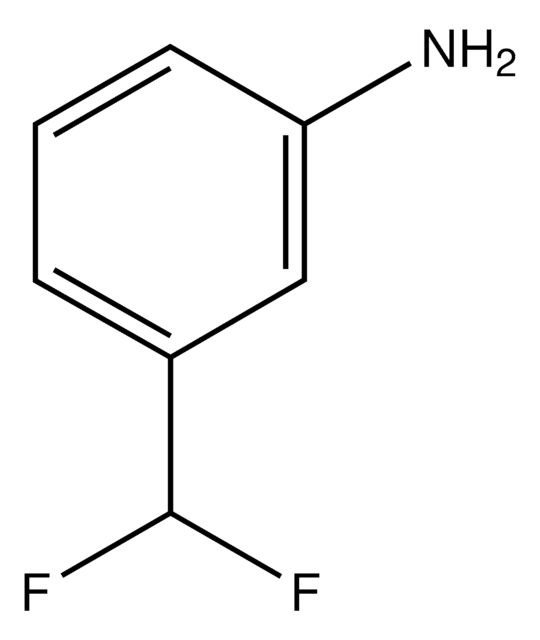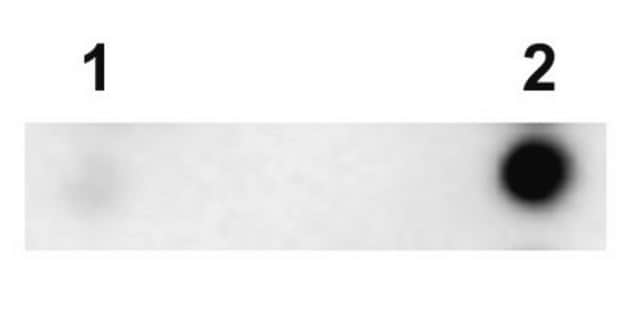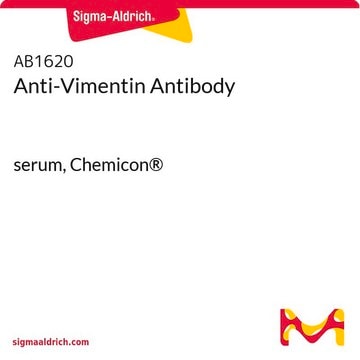MAB2239
ANTI-TAU (MAPT) Antibody
mouse monoclonal, Tau 7
Synonim(y):
G protein beta1/gamma2 subunit-interacting factor, Neurofibrillary tangle protein, Paired helical filament-tau, microtubule-associated protein tau, microtubule-associated protein tau, isoform 4
Wybierz wielkość
1890,00 zł
Przewidywany termin wysyłki05 maja 2025Szczegóły
Wybierz wielkość
About This Item
1890,00 zł
Przewidywany termin wysyłki05 maja 2025Szczegóły
Polecane produkty
Nazwa produktu
Anti-Tau Antibody, clone Tau 7, clone Tau 7, from mouse
pochodzenie biologiczne
mouse
Poziom jakości
forma przeciwciała
purified antibody
rodzaj przeciwciała
primary antibodies
klon
Tau 7, monoclonal
reaktywność gatunkowa
human, rat
metody
western blot: suitable
izotyp
IgG1κ
numer dostępu NCBI
numer dostępu UniProt
Warunki transportu
wet ice
docelowa modyfikacja potranslacyjna
unmodified
informacje o genach
human ... MAPT(4137)
rat ... Mapt(29477)
Opis ogólny
Specyficzność
Zastosowanie
Jakość
Opis wartości docelowych
Postać fizyczna
Inne uwagi
Nie możesz znaleźć właściwego produktu?
Wypróbuj nasz Narzędzie selektora produktów.
Kod klasy składowania
12 - Non Combustible Liquids
Klasa zagrożenia wodnego (WGK)
WGK 1
Temperatura zapłonu (°F)
Not applicable
Temperatura zapłonu (°C)
Not applicable
Certyfikaty analizy (CoA)
Poszukaj Certyfikaty analizy (CoA), wpisując numer partii/serii produktów. Numery serii i partii można znaleźć na etykiecie produktu po słowach „seria” lub „partia”.
Masz już ten produkt?
Dokumenty związane z niedawno zakupionymi produktami zostały zamieszczone w Bibliotece dokumentów.
Active Filters
Nasz zespół naukowców ma doświadczenie we wszystkich obszarach badań, w tym w naukach przyrodniczych, materiałoznawstwie, syntezie chemicznej, chromatografii, analityce i wielu innych dziedzinach.
Skontaktuj się z zespołem ds. pomocy technicznej








